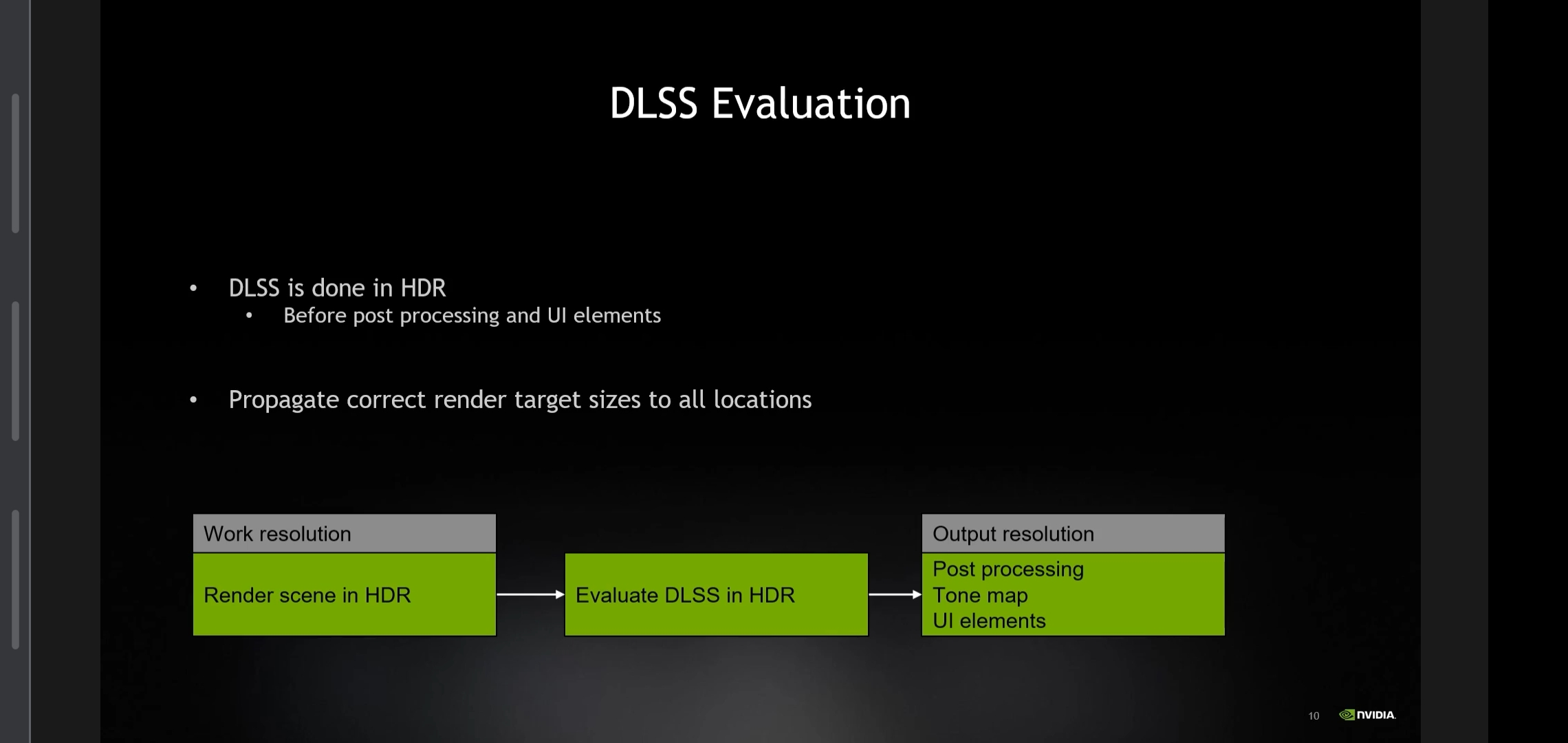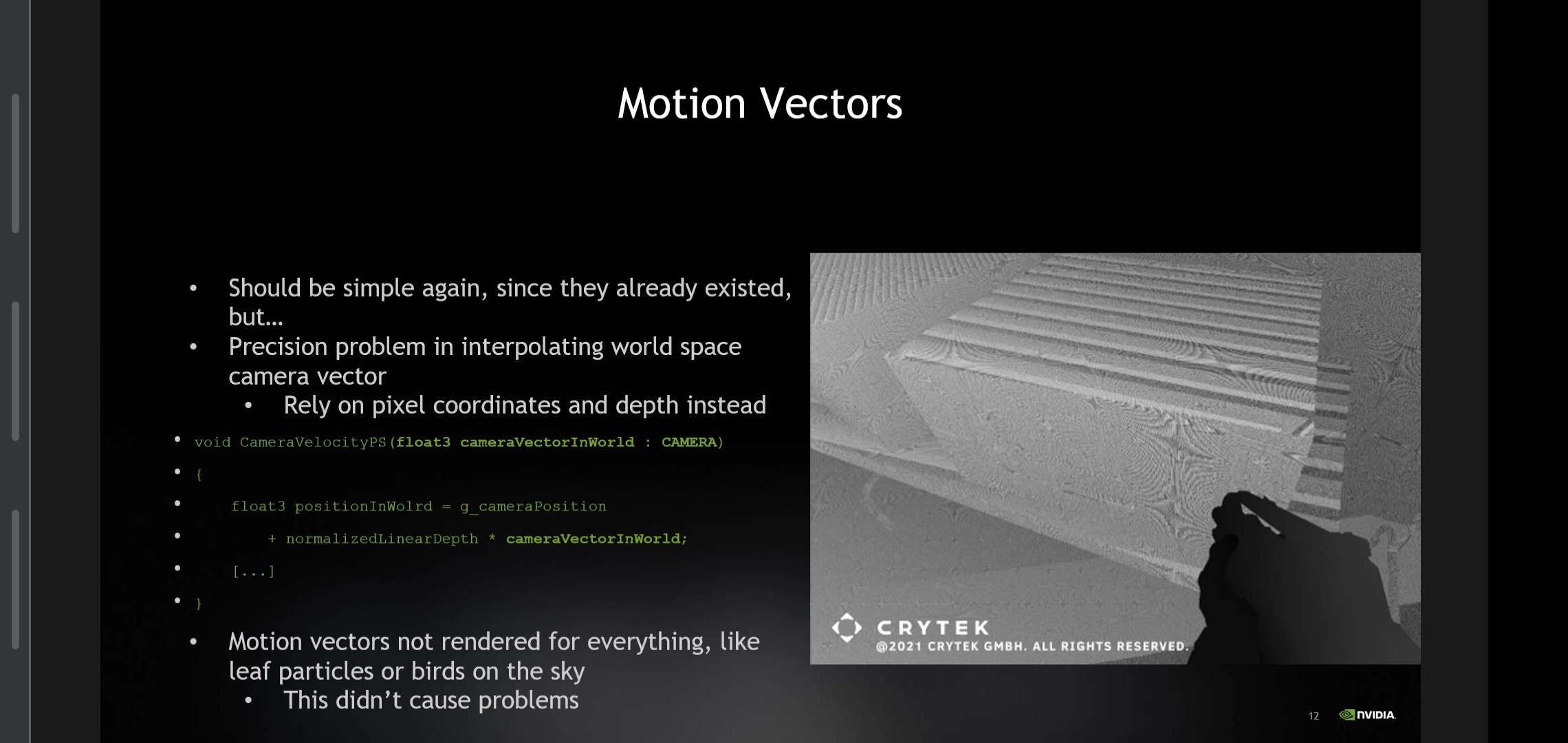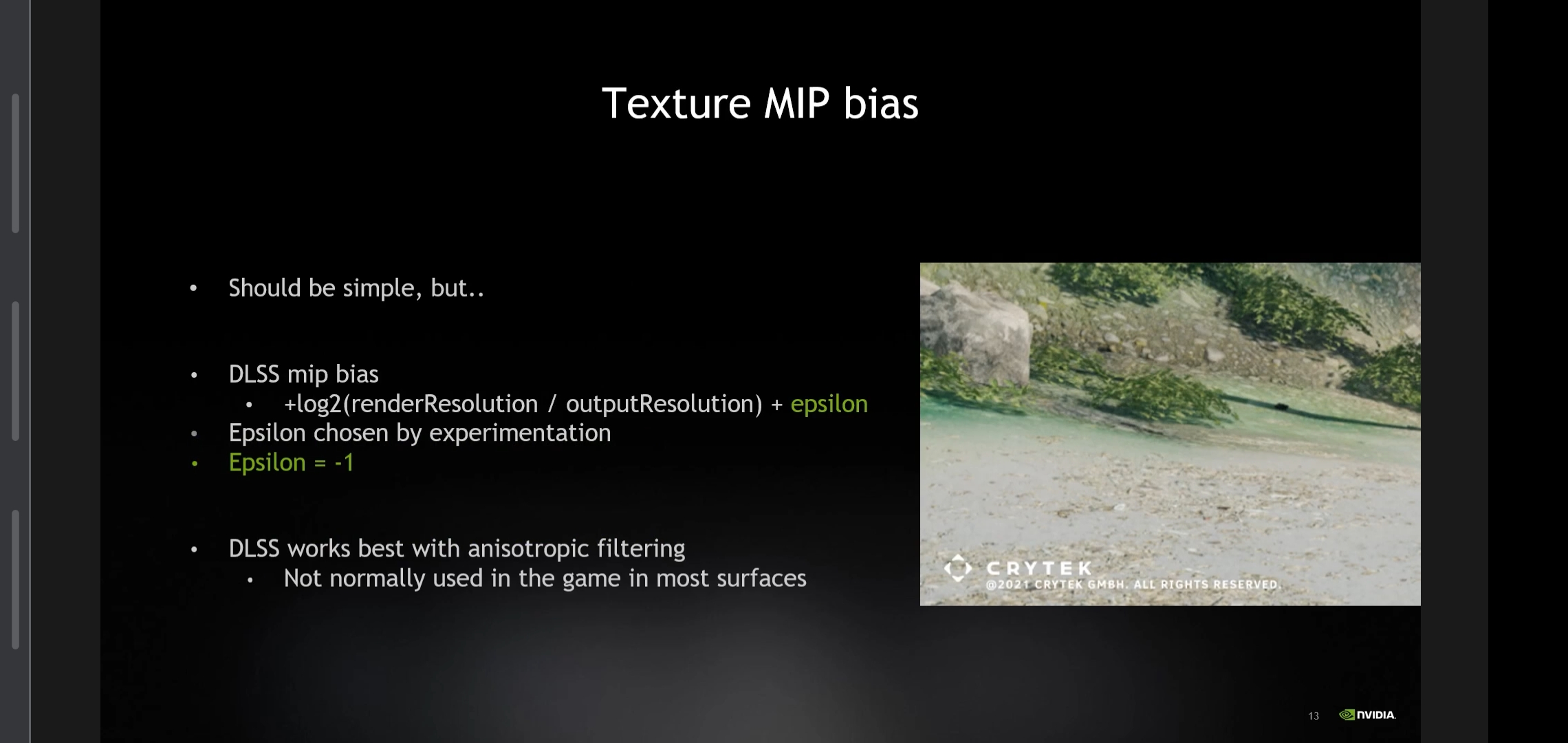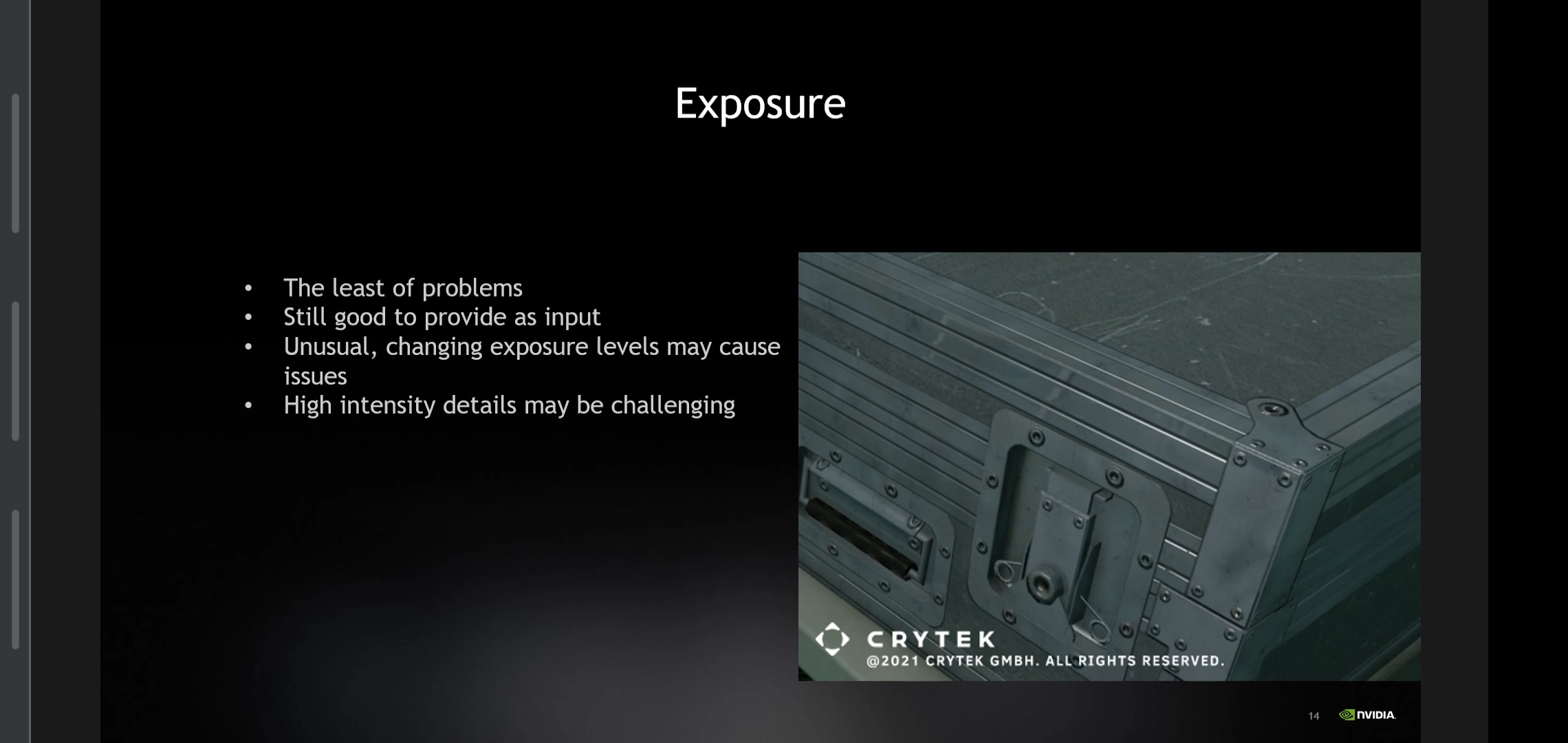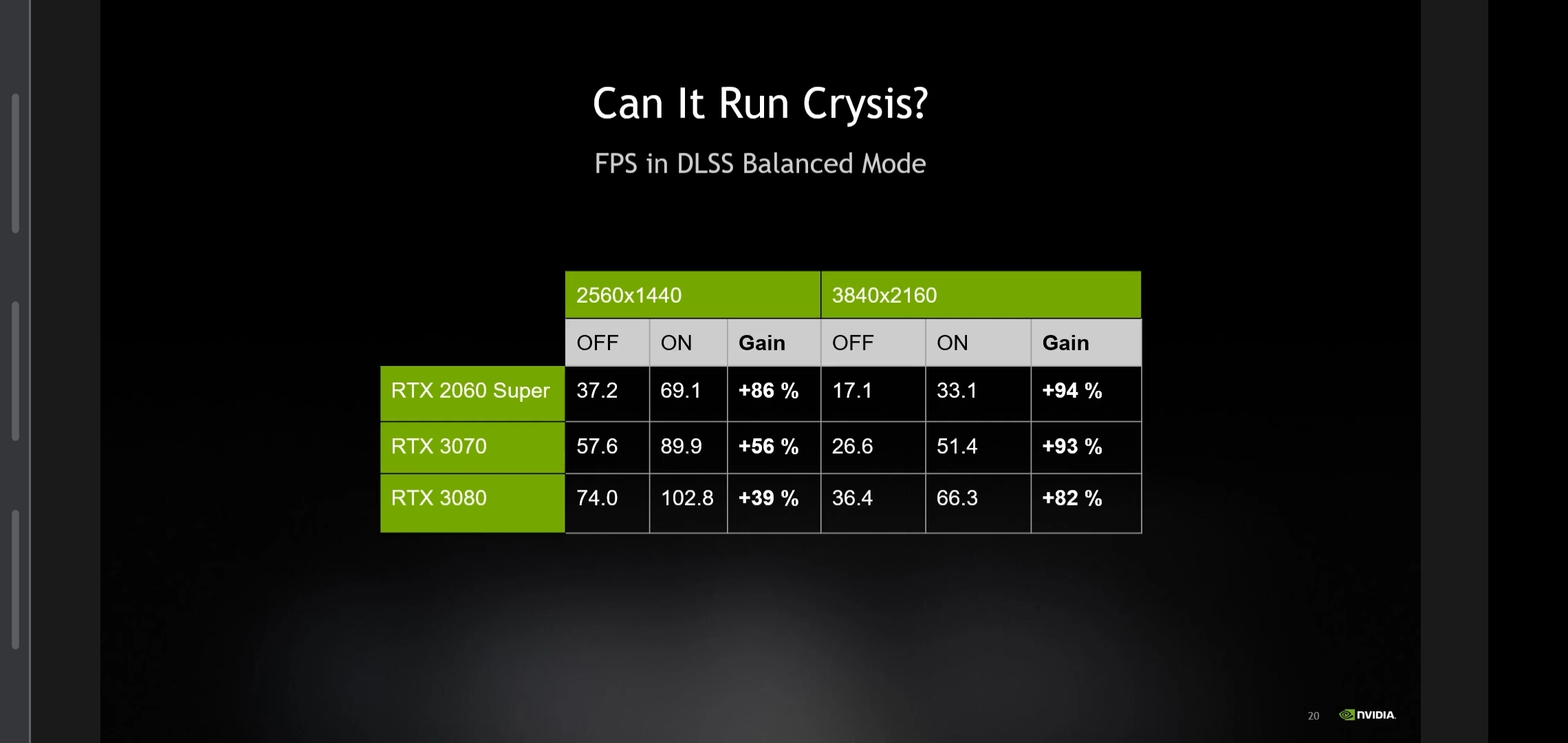Actually 8nm is further behind the bleeding edge than 20nm was in 2017. At that point 20nm was one node behind the best available, whereas 8nm is now 2 or 3 nodes behind, depending on how you count it. The industry's very different than it was a few years ago, though. Up to about 28nm, there was a regular cadence of upgrades, and basically any chip which required a given level of performance would use the latest available node, as increased transistor density would outweigh the increased wafer cost, and
Dennard scaling would ensure proportional improvements in performance per watt. Basically using the latest node would be cheaper, consume less power and allow higher clock speeds, so there was very little reason to use anything else.
That's not really the case any more, though. Dennard scaling no longer applies, and when combined with increased wafer costs on the latest processes it's no longer an automatic win to move to a newer process (before even considering the R&D cost for developing a chip for these latest nodes). The fact that Nvidia released their new GPU line on Samsung's 8nm process at the same time as Apple started shipping phones and computers using SoCs made on TSMC's 5nm process should show that things are very different than they used to be. The benefits from using newer processes obviously didn't outweigh the increased costs and reduced yields for Nvidia, so we're now seeing high-end parts on "older" nodes.
That said, smaller chips like an SoC for a battery-powered device such as the Switch would make more sense for a newer node, as it will inherently see better yields, and would obviously benefit from the improved performance per Watt. My money's still on 8nm, but I wouldn't completely rule out Samsung's 7nm process (which is at least as "old" as 20nm was for the Switch). I do wonder what happened to Samsung's 6LPP process, which I haven't seen mentioned at all
since February last year. It was apparently limited to select customers (Nvidia?), but we haven't heard of a single chip using it. Curiously they claimed that the V1 fab was already manufacturing 6nm chips over a year ago, but we've seen no sign of them. I'm thinking those might have been migrated over to the 5LPE process instead, and actually I wouldn't be surprised if their V1 fab has been moved almost entirely to 5LPE production to support Qualcomm's needs, which may limit Nvidia's ability to use a 7nm or lower process for Switch's SoC.



/cdn.vox-cdn.com/uploads/chorus_asset/file/22441009/appleinvite.jpg)
/cdn.vox-cdn.com/uploads/chorus_asset/file/22441783/Screen_Shot_2021_04_13_at_4.36.25_PM.png)

